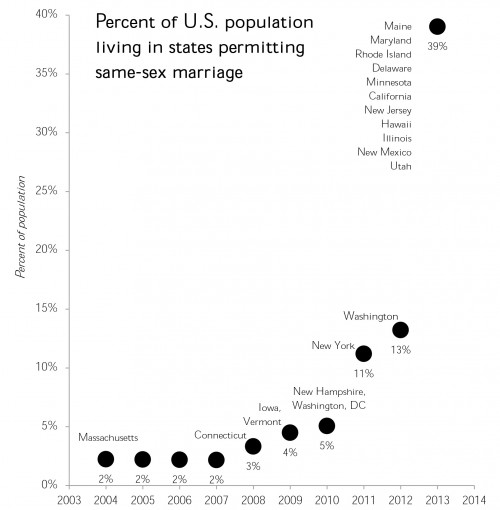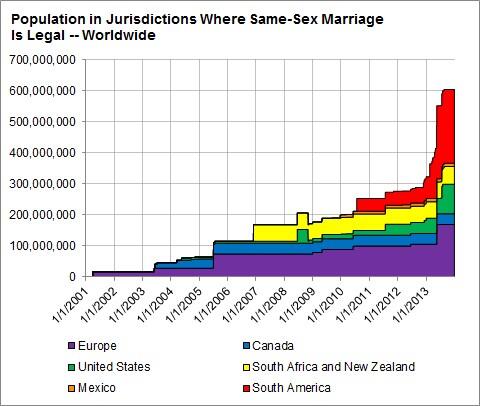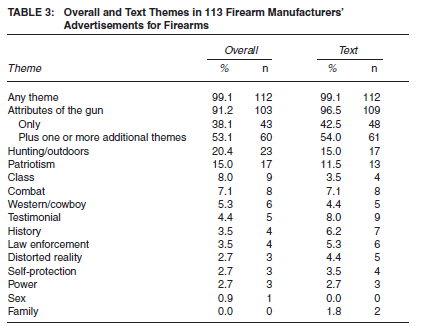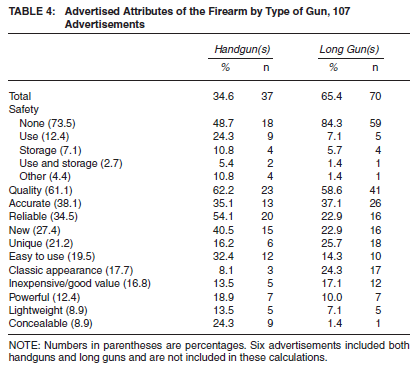This animated poem, sent in by Dmitriy T.C., artfully addresses the stigma of being alone. It begins by differentiating between social contexts in which solitude is expected or accepted (libraries) and those in which we are taught it is embarrassing or sad (restaurants). It ends with a defense of the pleasure of being only with oneself.
Video by Andrea Dorfman; poem, music, and performance by Tanya Davis. Originally posted in 2010.
Lisa Wade, PhD is an Associate Professor at Tulane University. She is the author of American Hookup, a book about college sexual culture; a textbook about gender; and a forthcoming introductory text: Terrible Magnificent Sociology. You can follow her on Twitter and Instagram.








